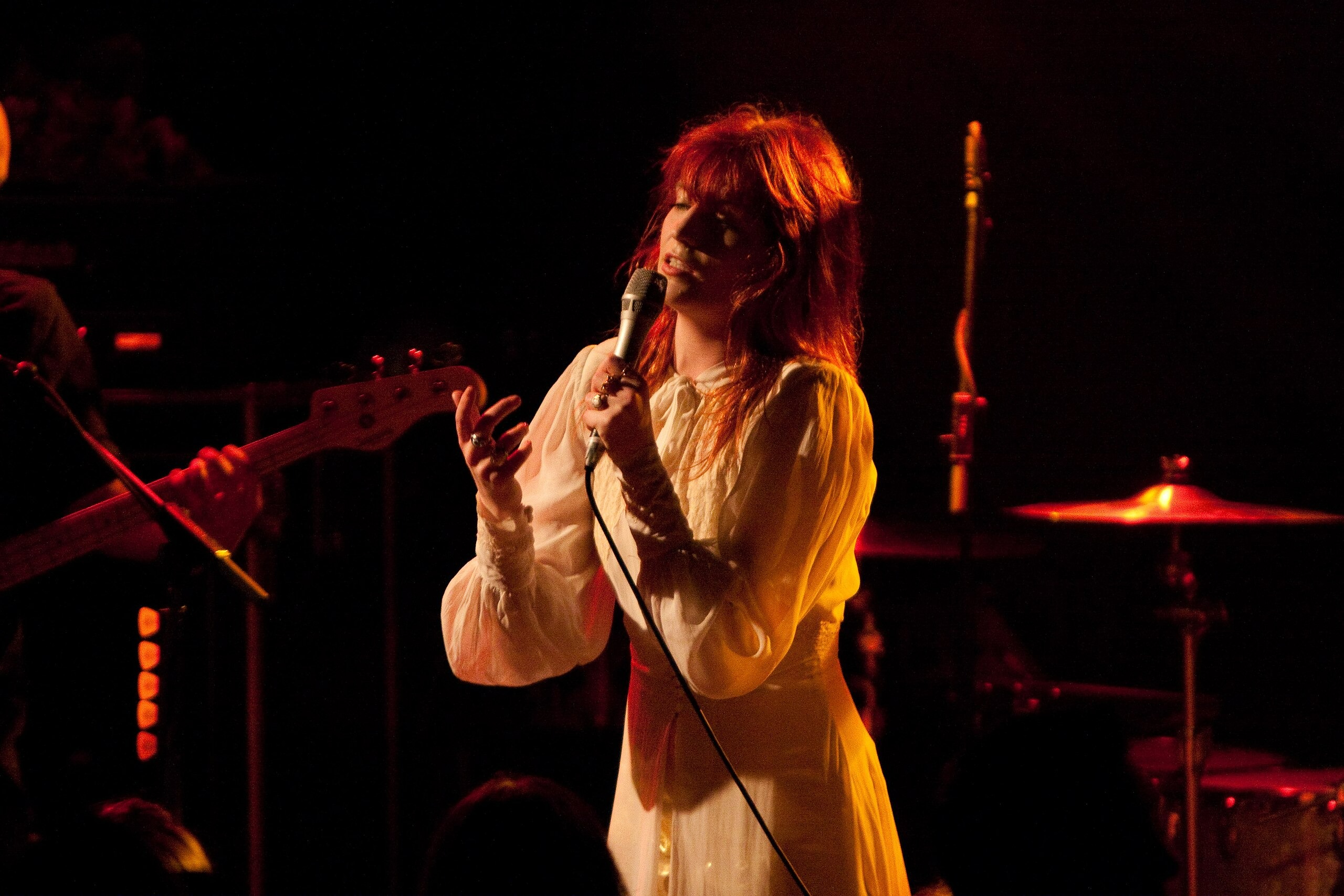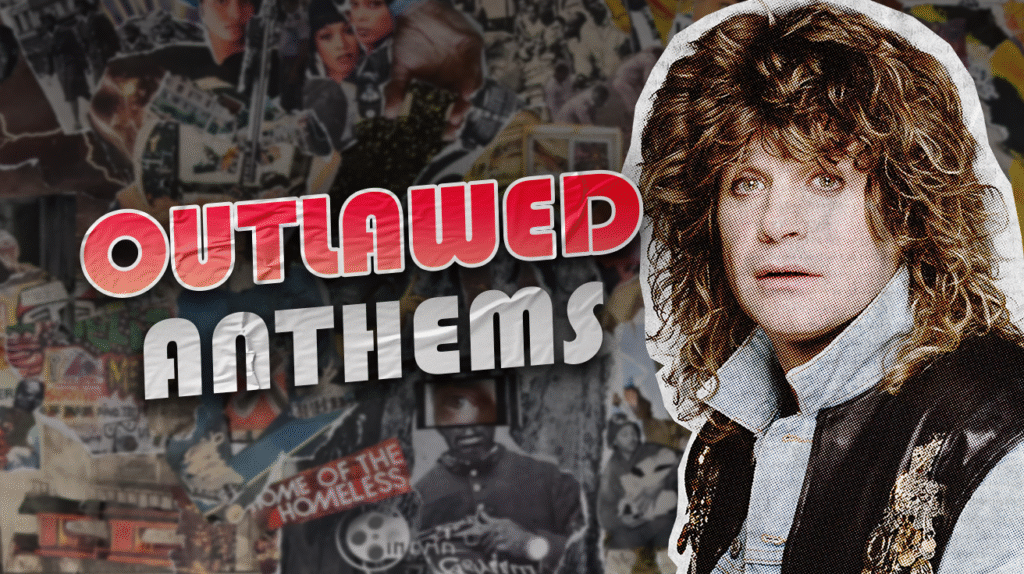
Musical compositions wield power that rivals the latest iPhone launch – igniting debates, challenging norms, and facing bans faster than Twitter can trend a hashtag. Throughout history, certain compositions have activated moral panic buttons among authorities. Musicians push boundaries just like tech disruptors, reflecting cultural shifts that make the establishment uncomfortable. These sonic battlegrounds reveal how deeply melodies impact our culture – the original viral content before social media existed.
10. Relax – Frankie Goes to Hollywood
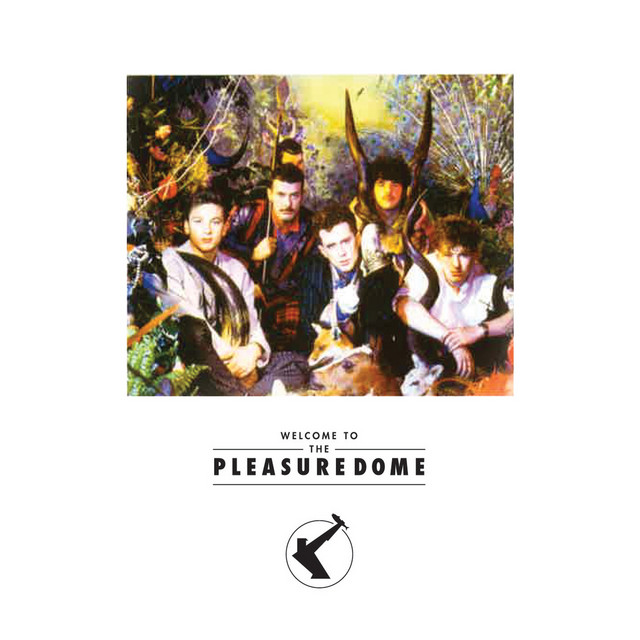
Frankie Goes to Hollywood’s “Relax” exemplifies accidental marketing genius – comparable to tech products “leaked” before official announcement. Before controversy, this composition languished relatively unknown in 1983 crowded marketplace. Then came the dramatic moment when BBC’s DJ Mike Read halted the broadcast mid-play after objecting to the lyrics. The ban on “Relax” by the BBC was far from unique in the music world; many legendary tracks that were banned from radio still managed to become cultural milestones.
This censorship supercharged the popularity algorithm of the piece. Sales figures spiked dramatically after the BBC banned it from Radio 1 and Top of the Pops, propelling it to #1 on charts. The anthem transformed into a symbol of rebellion, demonstrating again how prohibition often creates demand rather than diminishing it. Anyone who’s been told not to touch something immediately wants to touch it – the same psychology applies to forbidden music.
9. God Save the Queen – Sex Pistols
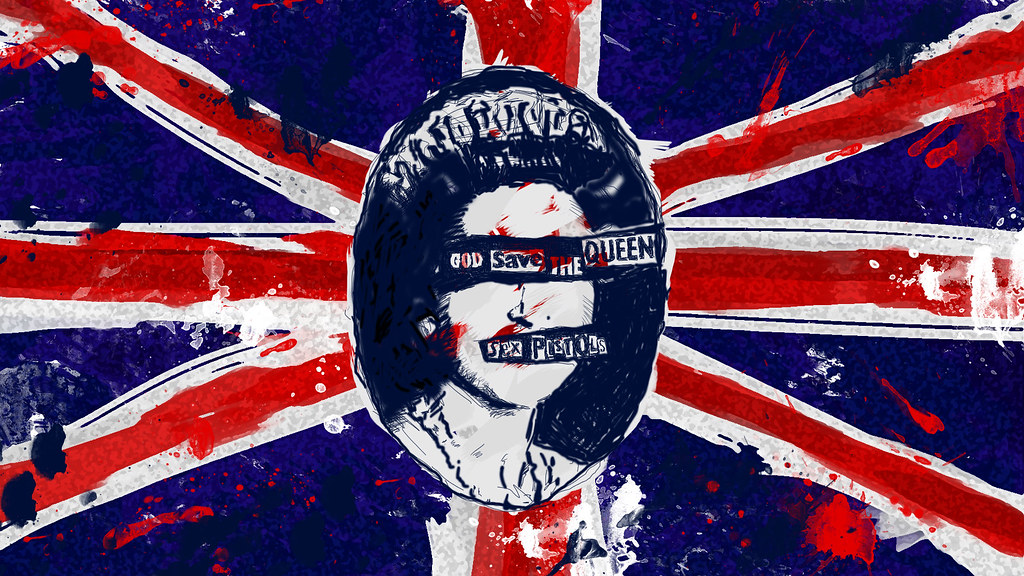
In 1977, the Sex Pistols delivered their royal insult functioning like the original canceled content that went viral anyway. Their creation deliberately provoked by subverting the UK’s anthem during the Queen’s Silver Jubilee celebration. According to contemporary reports, both BBC and retailers refused to air or sell the controversial recording.
Despite these barriers, the piece charted successfully despite limited airplay and circulated widely through bootleg copies – punk’s pre-internet version of virality. This anthem perfectly captured youthful rebellion during a time of national celebration. It remains the gold standard for how musicians can effectively channel political dissent even when establishments attempt to silence their message. When people hear a song has been banned, curiosity inevitably drives them to seek it out.
8. Dear God – XTC
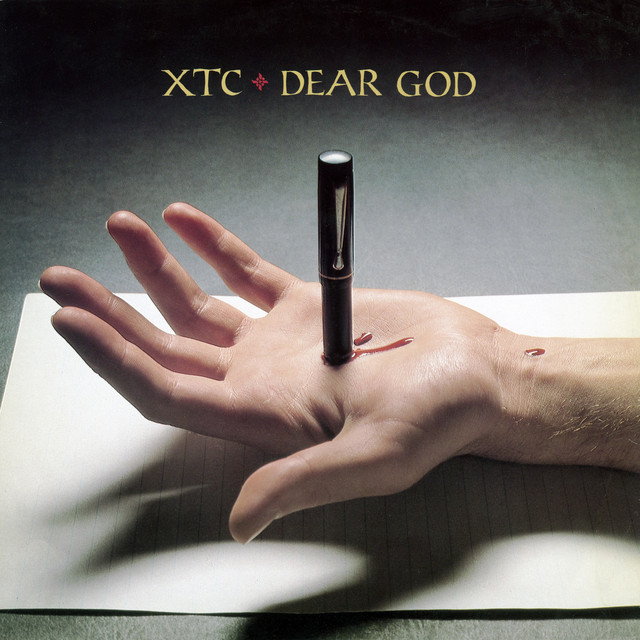
XTC unleashed “Dear God” in 1986, generating reactions similar to controversial tweets – except this happened before the internet existed. The lyrics directly challenge divine existence while highlighting suffering, war, and disease with uncomfortable clarity, leading retailers to remove it from albums.
Media reports indicate one radio station received a bomb threat after airing the controversial piece – extreme even by today’s outrage standards. The atheist themes sparked significant backlash from religious communities, as documented by the Los Angeles Times. While some artistic expressions age poorly, provocative compositions addressing eternal questions remain powerfully relevant decades later. When audiences encounter art challenging deeply-held beliefs, reactions can range from thoughtful reconsideration to violent rejection.
7. A Day in the Life – The Beatles
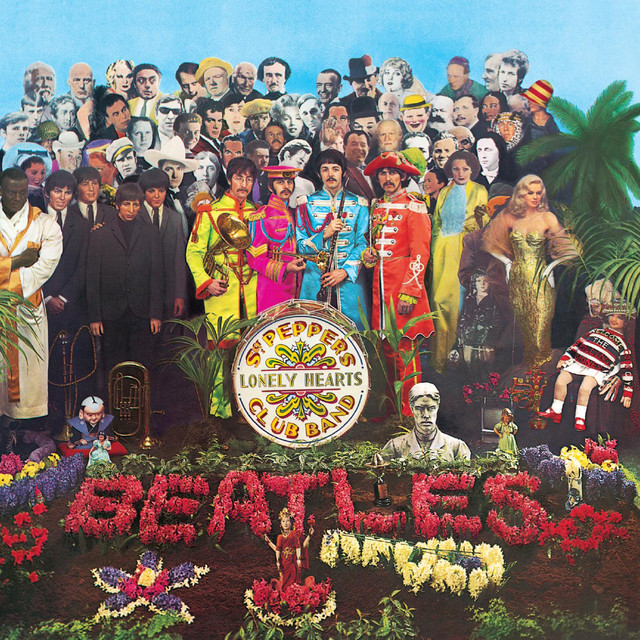
The Beatles created what became possibly the most expensive banned phrase in music history. BBC Radio 1 prohibited their 1967 masterpiece over five simple words: “I’d love to turn you on,” citing suspected drug references according to BBC Archives. This reaction mirrors how parents might overinterpret youth slang today.
Five harmless-seeming words sparked disproportionate outrage from authority figures threatened by counter-culture influences. Similar to benign software getting flagged as malware, this misinterpretation only enhanced the composition’s legendary status. The piece remains extensively studied in scholarship – partly because censors attempted to limit public access to this groundbreaking work. When someone tells you not to listen to something, doesn’t that immediately make you want to hear it?
6. Killing an Arab – The Cure
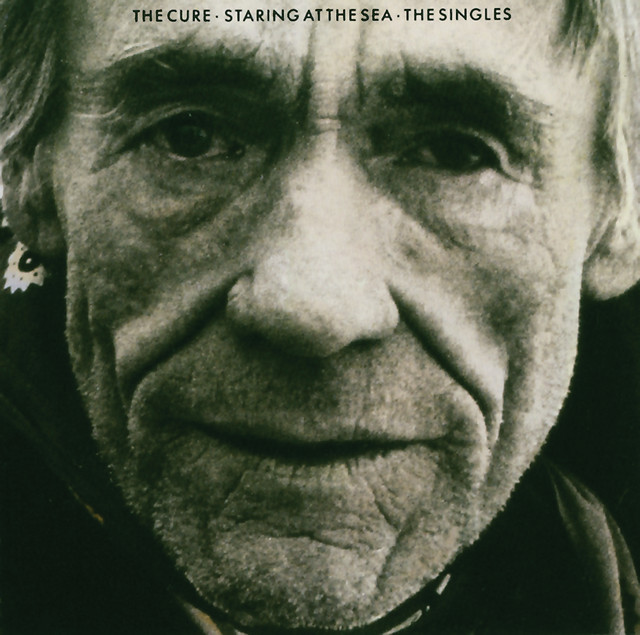
In 1979, The Cure released “Killing an Arab,” stirring controversy that would terrify today’s social media managers. Both title and lyrics directly reference Albert Camus’ novel “The Stranger,” but the provocative name alone raised immediate concerns about racism and violence.
Band members repeatedly clarified its literary origins, yet accusations followed them for decades, intensifying after 9/11 as documented by The Guardian. This musical controversy forced discussions about artistic interpretation versus social responsibility that echo in cultural debates today. Some artistic expressions require context, but audiences don’t always explore beyond provocative titles. When encountering potentially offensive content, the natural reaction is judgment before understanding.
5. Ebeneezer Goode – The Shamen
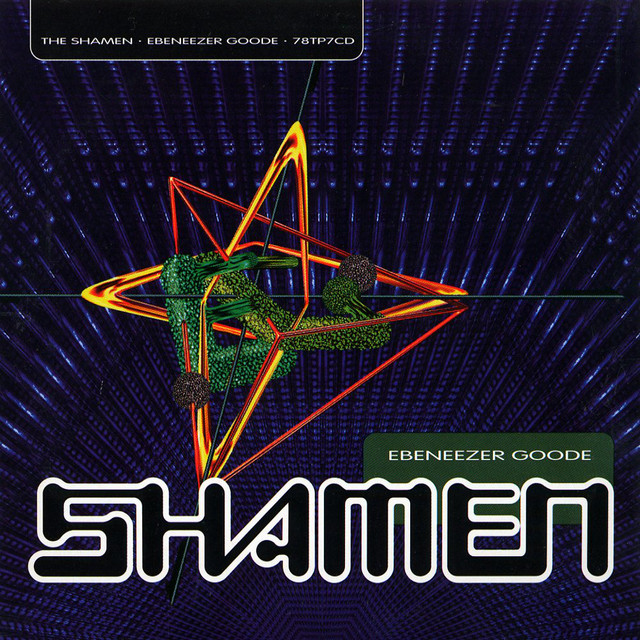
In 1992, The Shamen released “Ebeneezer Goode” like an electronic trojan horse – seemingly innocent on the surface but harboring a secret payload. This bouncy anthem topped UK charts while cleverly disguising drug references that flew past casual listeners. According to band interviews, the chorus intentionally evokes “E’s are good,” directly referencing ecstasy use.
BBC executives hit the kill switch during the composition’s peak popularity, limiting airplay and blocking it from Top of the Pops. Yet the establishment’s rejection only fueled success – the piece won the prestigious Ivor Novello Award for Best Contemporary Song in 1993. Censorship boosted this creation to legendary status rather than silencing it, demonstrating a classic case of unintended consequences. When authorities try to suppress music, they often end up amplifying its message instead.
4. Smack My [ __ ] Up – The Prodigy
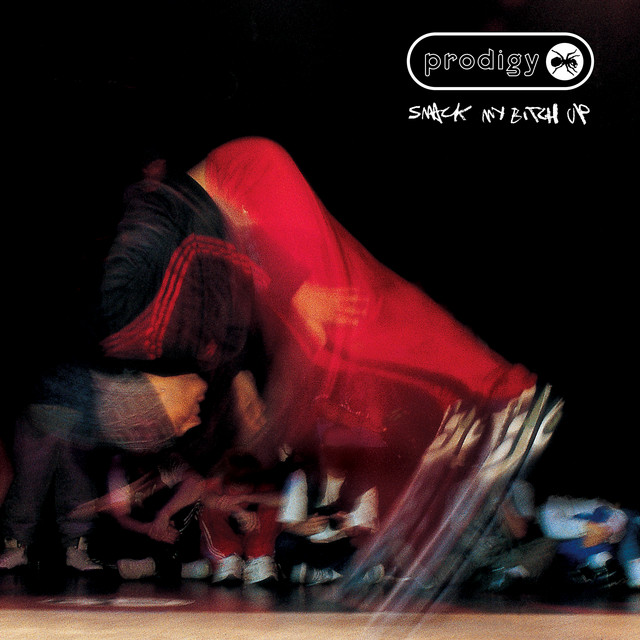
The Prodigy unleashed their 1997 electronic assault with the subtlety of bass-boosted thoughts amplified through festival speakers. BBC officials restricted the release for being sexist and violent, barring it from Radio 1 and “Top of the Pops” playlists despite its commercial performance.
This boundary-breaking anthem pushed against 90s sensibilities with deliberate provocation, especially through its accompanying video. According to music critics at Pitchfork, the piece became influential in history despite its divisive nature. Like many innovations deemed too dangerous at first, this creation eventually found its place in the cultural lexicon. When something gets labeled as controversial, that designation often becomes part of its appeal to audiences seeking boundary-pushing content.
3. Your Mother’s Got a Goldie Looking Chain
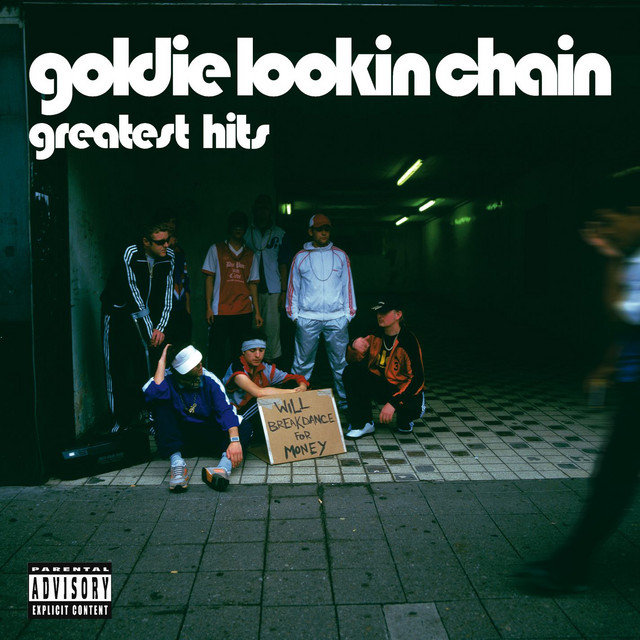
Welsh comedy collective Goldie Lookin Chain crashed into the mid-2000s music scene like that awkward relative who misunderstands boundaries at family gatherings. Their satirical creation faced immediate editing, with BBC and other broadcasters sanitizing the title to simply “Your Mother” to avoid controversy.
Several publications noted concerns about potentially offensive content in the lyrics. The controversy helped cement their reputation for irreverent Welsh comedy rap with an edge. Similar to beta software with problematic features, this musical experiment found its niche audience despite drawing criticism from mainstream sources. When artists intentionally provoke with humor, the line between comedy and offense becomes subjectively defined by each listener.
2. Better by You, Better Than Me – Judas Priest
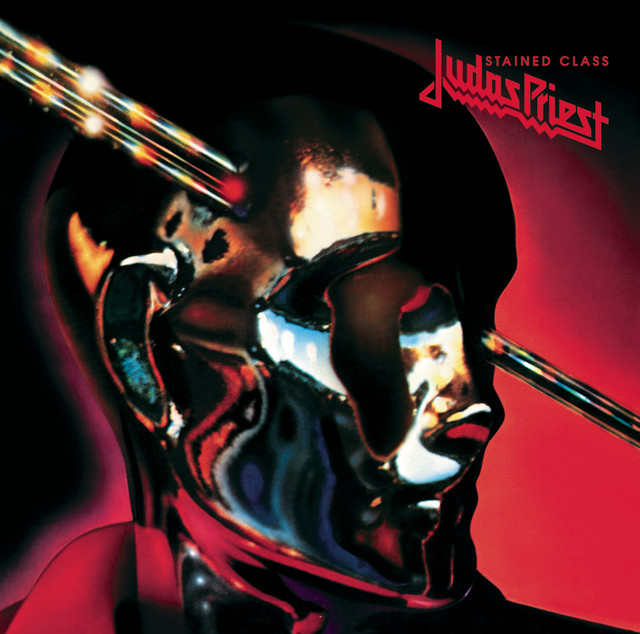
Judas Priest’s cover version became music’s equivalent of violent video game debates decades before GTA existed. Their interpretation of Spooky Tooth’s composition faced serious accusations in a landmark 1990 case documented by the New York Times. The Vance family alleged subliminal messages pushed listeners toward suicide.
National media attention transformed the trial into a spectacle essentially putting heavy metal on trial. Judges ultimately dismissed the case, but the incident sparked widespread coverage about music’s influence on mental health in publications like Time Magazine. This controversy predated but paralleled today’s arguments about media effects on behavior. When tragedy strikes, people often search for external causes rather than complex psychological factors.
1. Suicide Solution – Ozzy Osborne
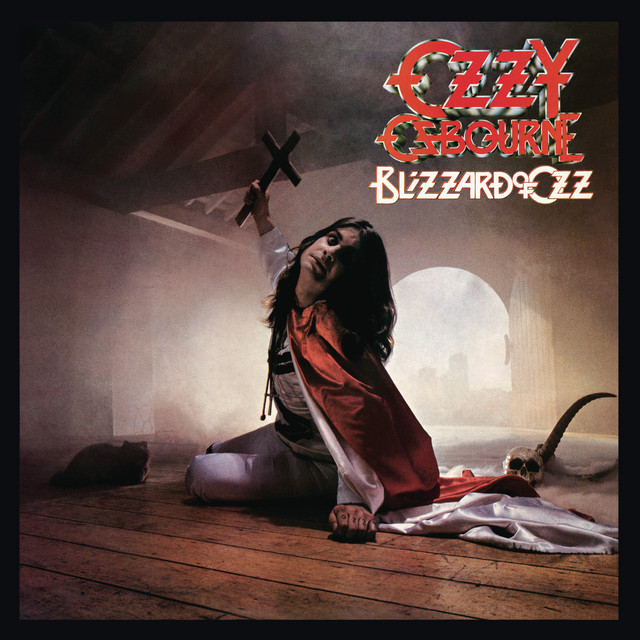
Ozzy Osbourne’s “Suicide Solution” generated controversy making modern content warnings appear mild by comparison. Court records document how John McCollum’s parents filed a lawsuit blaming the piece for their son’s 1984 suicide, elevating the situation to unprecedented legal scrutiny.
In multiple interviews, Osbourne insisted the composition addressed alcohol abuse, specifically relating to AC/DC’s Bon Scott, rather than promoting self-destruction. Courts ultimately sided with the musician. This legal battle established important precedents about artistic liability that prefigured today’s debates about content creator responsibility for audience behavior. When listeners interpret lyrics through their own emotional filters, meanings can transform in ways artists never intended.











